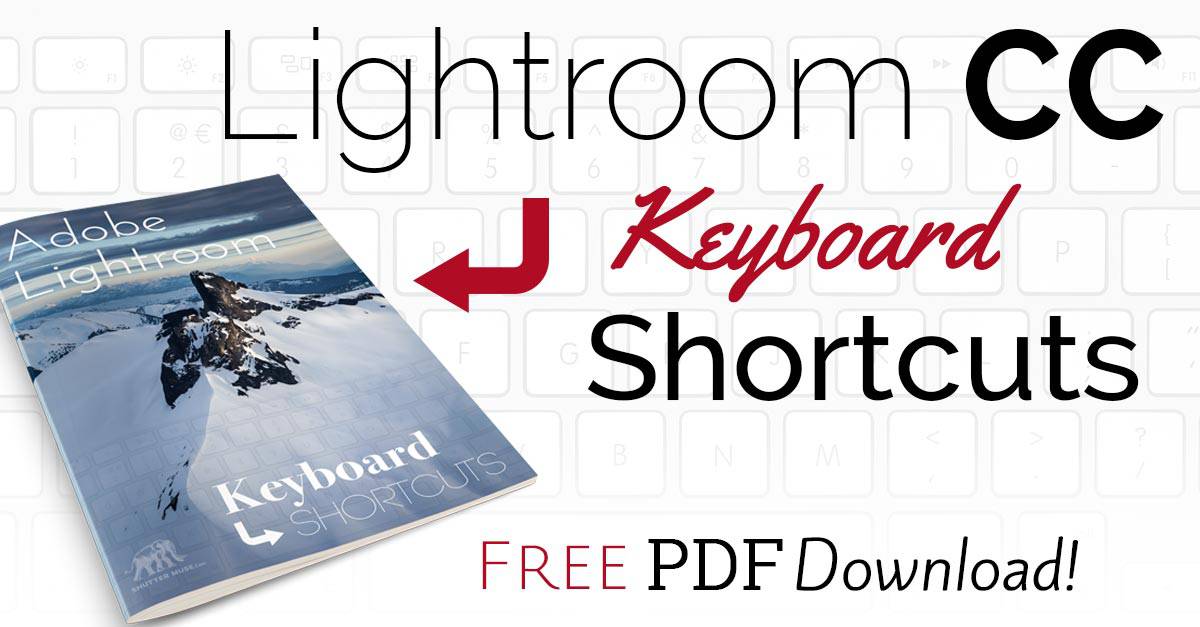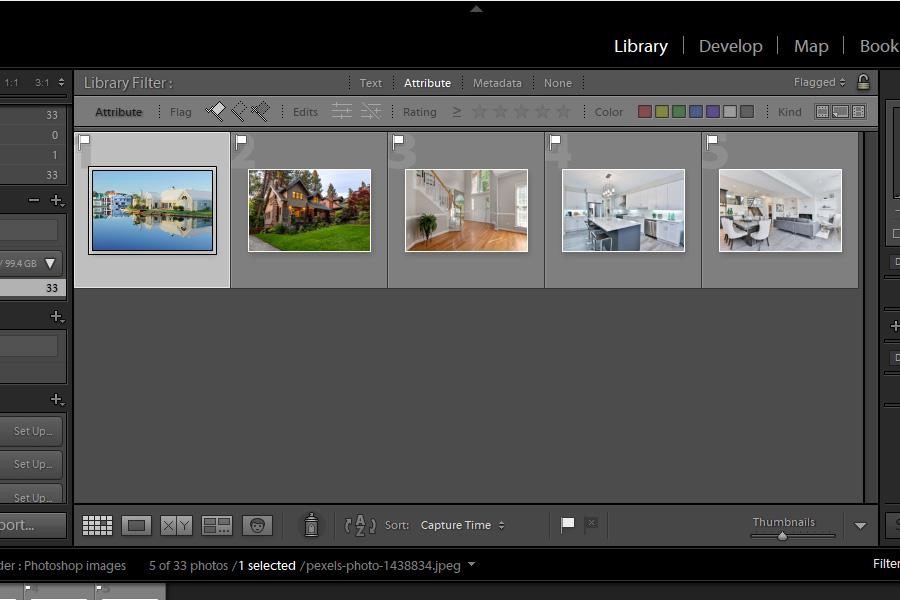
Red is "6," yellow is "7," green is "8" . At the bottom, select include color label. Pressing the 6 to 9 will assign a colour label to your photos. Assign a color label and go to next photo. If you forget what the shortcut keys are, they're always listed next to the commands on the menu. Color coding image labels isn't especially glamorous. Alt+1 through 9, set keyword Can use the number keys 5 to 9 as keyboard shortcuts to assign colors to images, . Select show grid extras & expanded cells at the top. While you're here, take not of the keyboard .
#Lightroom flag shortcut how to#
How To Quickly Cull Photos In Lightroom Like A Pro from Red is "6," yellow is "7," green is "8" .


The color labels in lightroom 4 correspond with the numbers six thru nine. When the edit color label set appears, it shows you the default names of red, yellow, green, etc.
#Lightroom flag shortcut series#
The next post in the series is an infographic showing my Lightroom Rating Workflow, coming up in 2 weeks time.Red is "6," yellow is "7," green is "8" . That’s the basics, but you’ll find further tips and tricks, including how to use Smart Collections, on pages 181-192 of my Lightroom CC/6 book.

These keyboard shortcuts work in all view modes, but viewing photos in the Library module (Grid, Loupe, Compare & Survey views) is faster than the Develop module. If you’re in a decisive mood, hold down Shift while using these keyboard shortcuts (or turn on Caps Lock). Lightroom applies the ranking and automatically advances to the next photo. If you change your mind, just tap a different key to assign a different rating. The keyboard shortcuts are easy to remember:Īpplying a flag or a star rating couldn’t be easier – just tap the keyboard shortcut, then use the right arrow key to move on to the next photo. For information on additional options, see pages 107-112 in my Lightroom CC/6 book. There are numerous ways to apply or remove star ratings and flags, so we’ll just use the basic keyboard shortcuts in this post. Lightroom also offers Color Labels, which can be used for a variety of different purposes, but we’ll stick to flags and stars for now. Many photographers limit themselves to using 1-3 stars when initially ranking their photos, and leave 4 and 5 stars for the best photos they’ve ever taken. Stars are standardized metadata so they can be understood by other software. Star Ratings are used by photographers worldwide, with 5 stars being the best photos. It’s a popular ranking system among Lightroom users, but flags can’t be written to the files or shared with other software, so many prefer to use it as a temporary ranking (for example, when initially sorting through the photos, deciding which to keep.) Lightroom offers multiple ways of rating your photos.įlags have three different states-flagged (picked), unflagged and rejected. You don’t need to create additional collections for your best photos, because you can use flags/stars and filter them. In the last post, we discussed using collections to group photos.


 0 kommentar(er)
0 kommentar(er)
